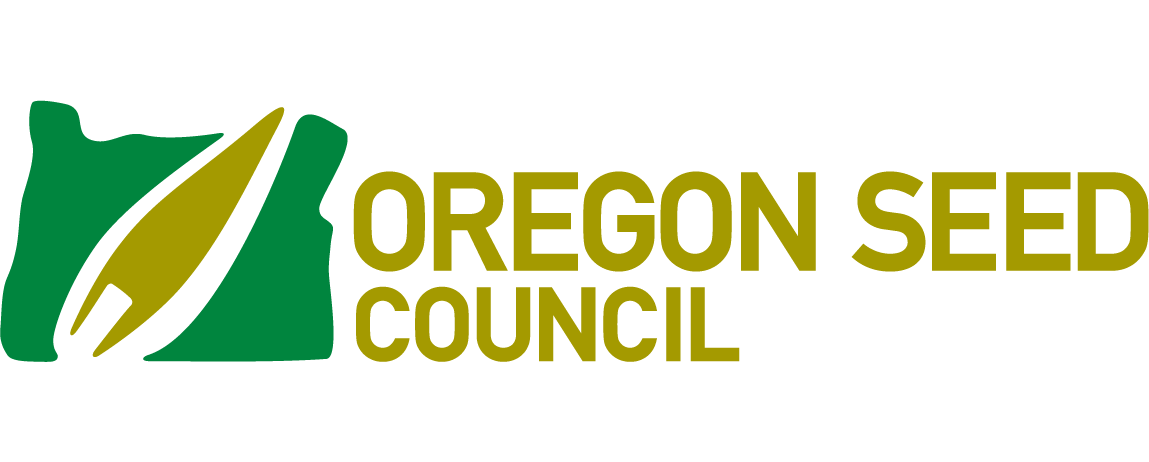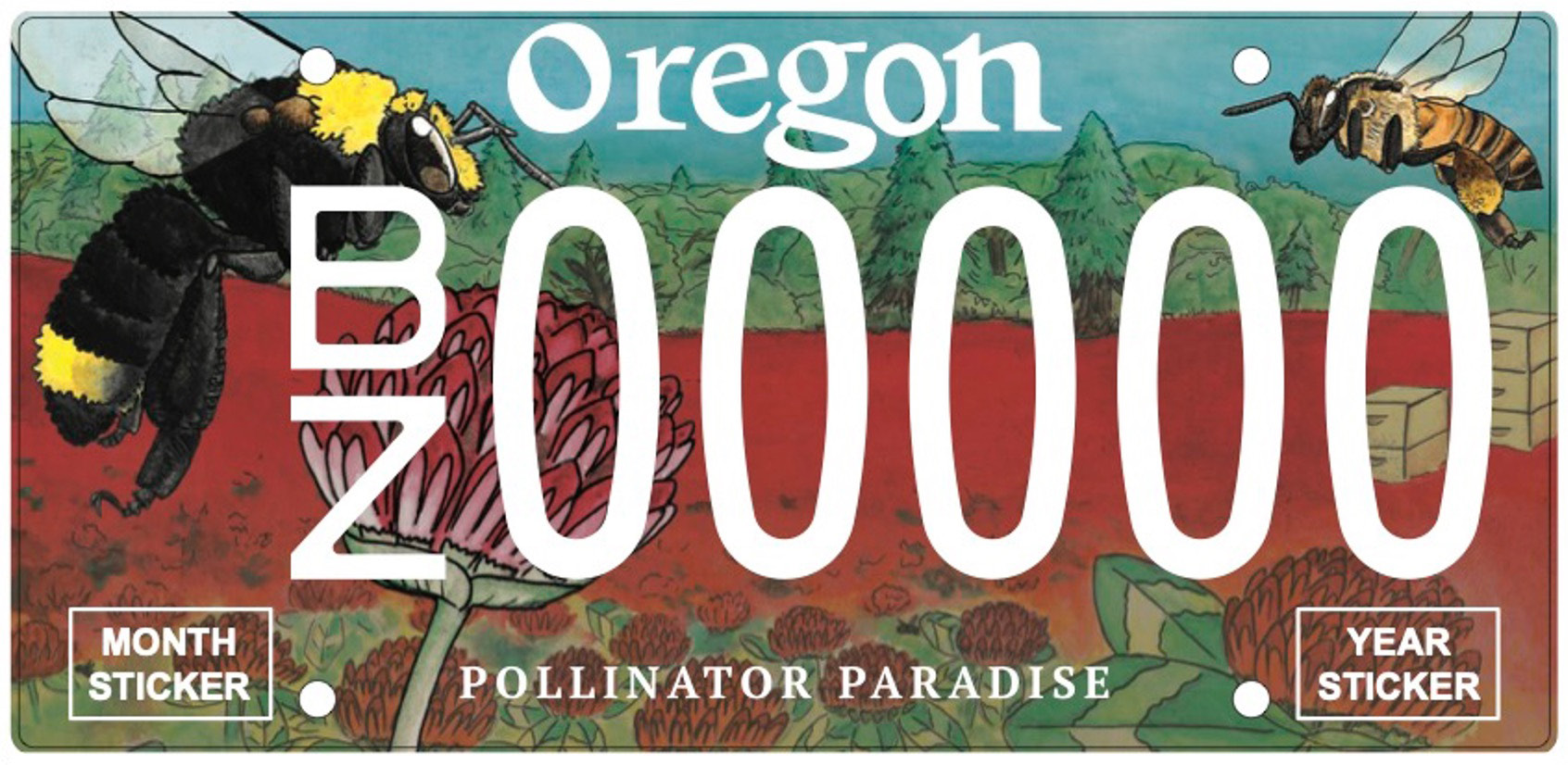ISSUE #95 – April 2024
Oregon Seed Council 2024 Legislative Session Summary
Megan Chuinard, Executive Director, Oregon Seed Council
Introduction
The 82nd Oregon Legislative Assembly convened for the 2024 Legislative Session on Monday, February 5, and adjourned Sine Die on Thursday, March 7, at 8:16 p.m.
Constitutionally authorized for up to 35 days, the short session (even numbered years) offers an expedited timeframe to navigate budgetary adjustments and policy issues.
February 19 was the first turn of the Session, where bills had to have been worked out of policy committees or reside in a non-exempt committee (revenue, rules or joint committees) to make it to their next chamber. This deadline provided some clarity as to what could be expected to cross the finish line.
February 29, just a week and a half later, was the next chamber deadline – meaning bills had to be moved out of policy committees in their second chamber – a significant sprint for major policy bills. The Session was then required to conclude by March 10.
The State’s Top Issues
Top issues for the Governor and the Legislature were housing and Measure 110 and these issues took most of the spotlight during the Session.
Importantly to the Oregon Seed Council (OSC) members and industry partners, we monitored over 30 bills of the 290 bills introduced. Issues ranged from land use, to climate, to employment, to taxes, to transportation – and more.
OSC
Thankfully, the short Session was less intensive for the seed industry and agriculture than past years.
We were able to see some positive policy advance, and a key and long-awaited appointment confirmed during the Session.
OSC took positions on two bills during the session: HB 4111 – a fix to Oregon’s Farm Equipment Tax; and HB 4061 – an Elk Damage Prevention and Compensation Pilot Program.
A victory to industry: HB 4111 passed and is expected to be signed by the Governor.
While HB 4061 did not pass, it did have some traction, but unfortunately, was stalled as housing and Measure 110 took central focus for funding priorities.
The long-awaited appointment – Lisa Charpilloz Hanson as Director of Oregon Department of Agriculture was approved by the Senate on February 8. Director Charpilloz Hanson has been highly engaged with industry, and has been regularly meeting with partners, including with OSC, through quarterly meeting since she started in the role, December 1, 2023. She’s a great partner with a strong connection to agriculture. We’re grateful to see her confirmed.
Legislative Relationships
While the Session was relatively light, OSC was able to meet with numerous legislators and staff to build relationships, elevate the partnership of the seed industry overall and begin the conversations of how OSC can be a resource for the Legislature.
Finally, I want to thank each of you for thoughtful conversations, your input and support as we navigated the 2024 Session.
A special thank you to the OSC Board of Directors, Government Affairs Committee and Executive Committee for quick action and indepth discussion on policies and how OSC can best support industry in the legislative process and policy discussions.
Extension Pollinator Specialist Reminds Clover Growers of Bee Protocols
During a presentation at the Oregon Clover Growers Annual Meeting, January 31 in Wilsonville, Oregon State University Extension Pollinator Health Specialist Andony Melathopoulos provided growers a reminder of their responsibilities and rights within the bee protection protocol that was established in 2020.
First off, Melathopoulos said the protocol calls for growers to call their beekeeper ten days before beekeepers move colonies into fields and to wrap up any pre-bloom insecticide treatments at least four days before bees arrive.
He noted that insecticides dissipate at different rates, but research has shown even the most toxic of insecticides dissipate within four days of treatment.
Also, Melathopoulos said, if growers needs to apply an insecticide at full bloom, they need to contact their beekeeper to see if the beekeeper wants to move their bees out of a field. Going further into this topic, he said restricting insecticide sprays to early evening is helpful when treating during bloom, and he noted that if treating for aphid control, growers might consider using Sivanto Prime, which is less toxic than other available products.
As for beekeepers, the protocols require them to remove colonies in a timely manner and states that in most cases, growers do not want uninvited colonies on their property. To that end, beekeepers should ensure they have full permission before placing colonies in clover seed fields, Melathopoulos said.
Melathopoulos also said that if growers are concerned about colony strength, they should ask beekeepers to open a colony for them to view.
“The beekeepers said they are always willing to open a colony for you to look inside,” Melathopoulos said. “And you should demand it, especially if you are paying for those colonies, but never open the colonies or move them on your own. The beekeepers are really clear about that. All sorts of things can go wrong when that happens.”
The Bee Protection Protocol for clover seed production was ironed out over a series of meetings between the Oregon Clover Commission and the Oregon State Beekeepers Association with help from Oregon State University Extension faculty.
Beekeepers, growers and Extension faculty met to revise the protocol this past February. Melathopoulos said the revised protocol should be ready in April.
The bee protection protocol in clover encourages growers and beekeepers to place colonies closer to the edge of a field rather than deep into a field, such as is pictured on the Pollinator Paradise license plate. The placement helps protect colonies from spray drift and minimizes damage to the crop during colony management.




